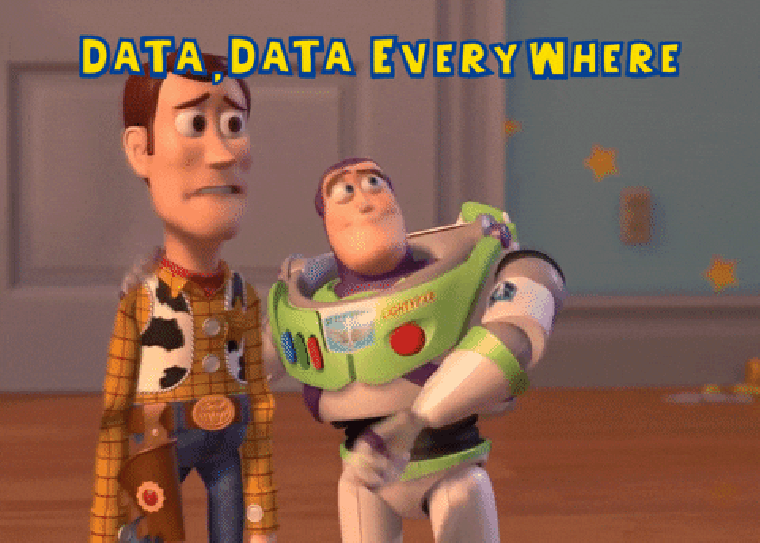
Human Resource Management System (HRMS) refers to the use of a software to automate your organization’s HR functions end-to-end and eliminate repetitive tasks in order to ease the burden on the HR department. While the HR department focuses on key tasks of the organizations and building relationships with employees to ensure employee satisfaction, a valuable HRMS will help manage some essential HR tasks simultaneously.

How does HRMS benefit the organization?
- Employee Self-Service
An HRMS manages all the employee data as well as information on benefits, such as enrollment and status changes. An HRMS enables employees to update personal data without having to involve HR for simple tasks like checking the remaining leaves and attendance for the month. This frees up the time of HR professionals for more strategic functions which include relationship-building and ensuring employee satisfaction to help retain the most important assets of the company. In addition, the managers treat the employees equally or in an unbiased manner. Inconsistencies of approach and variations according to which manager or HR advisor you are dealing with are no more relevant.
- Easy Storage of Employee Data
HRMS facilitates safe and efficient storage of all employee data. With the help of an HRMS, an HR representative can easily process employee information on the system without wasting time doing the paperwork. The software is an efficient way to store and recall employee data as and when required. Not only is it easy to store and efficient to retrieve the data when required, it is also completely safe to upload employee data on an HRMS. However, one must go through the privacy policy of an HRMS before making the final decision.



- Improved Data Management
An HRMS can not only manage all employee data, but also the information on benefits, such as enrolment and status changes. All those working in HR (either in-house employees, outsourced service providers or a combination of the two) are drawing on a centralized set of records. The management of data becomes simpler and enhances the productivity of the team. Many HRMS systems also include recruitment components such as applicant and resume management.
- Central Storage
Because all the data related to employees is stored in one place, it makes the function of reporting more efficient. There is a central location for documents such as employee handbooks, procedures and safety guidelines. Moreover, compliance records can be easily accessed. As all the data required by different employees of numerous departments is stored in one place, the documents can be easily shared and accessed without causing a delay.
- Efficient Management
Many companies choose to opt for complete HRMS integration with payroll, other financial software, accounting systems, intranets, and other online programs. With an HRMS, you can get all the necessary functions related to HR under one roof. There is no need to manage multiple systems to make use of different functions. The managers and HR team can focus on their core business functions in order to motivate the employees to hit KPIs and achieve strategic objectives, because they are not wasting unnecessary time on intricate or bespoke HR processes.



- Employee Development
Customized executive and management reporting can be done while working from anywhere, be it home or office. For example, a manager might look up employment data by location, and could do so without contacting HR to get the necessary details. Managers can access the information when needed, as it pertains to employee development, performance improvement, and employee salary or other benefits. Manual timesheets and mechanical punching in are a recipe for errors and may also lead to fraud. It is true that the employees are a company’s biggest asset. However, it is also important to measure the operating costs and compare it with the benefits that are derived from the same, in order to evaluate the Return on Investment (ROI). Measuring the effectiveness of turnover, new hires, compensation, benefit costs, management is a step towards better decision-making for the company’s future. As the famous saying goes, “what doesn’t get measured, doesn’t get done”. Therefore, if companies don’t have an HRMS in place, then they will most likely not have access to do the data it needs at its fingertips to enable future growth. Teamwork makes the dream work, is it? HRMS brings more communication options to the workplace and assists in breaking down old barriers, which further enhances the potential for team working; especially for virtual teams operating from a number of physical locations. Moreover, they also accelerate the forming process for newly-created teams or the induction of new workers in an existing team. It helps with on-boarding new talent and makes it easier for the team members to connect with one another, and assists in delivering team projects in a timely and efficient manner. HRMS involves many costs, obvious and hidden, and these multiply with multiple systems. Improved communication between departments helps save costs and time which may have been due to a delay in accomplishing tasks or successfully completing a combined project. As an HRMS includes a variety of functions, the company saves on cost in terms of the time and money involved to include HRs to do the same job. An HRMS adds to the journey of employee empowerment by helping them manage and keep a track of their tasks individually, with the help of managers whenever required. It doesn’t need someone to keep a constant check on them and builds a sense of trust in the process of the organization. Bridging the gap between employees and the company is a step forward in terms of building a successful and retainable workforce. Therefore, it is clear that the use of HRMS provides a good Return on Investment (ROI). 40+ HR Modules 1,000+ Happy Clients 5,50,000+ Satisfied Users






Software You Need For All Your HRMS Process
